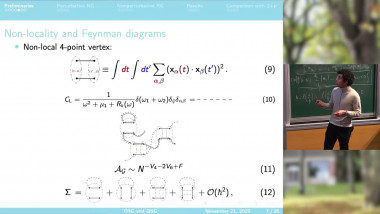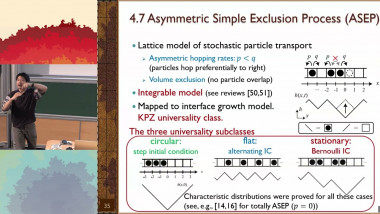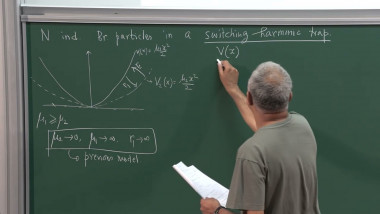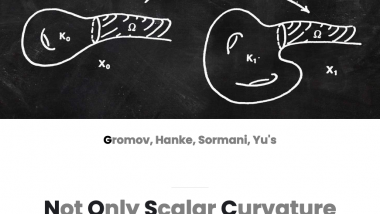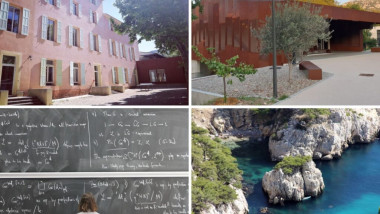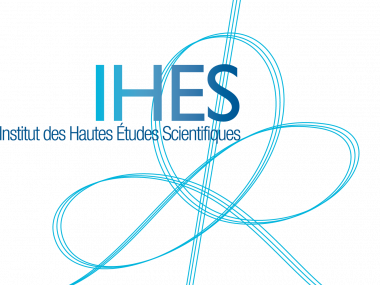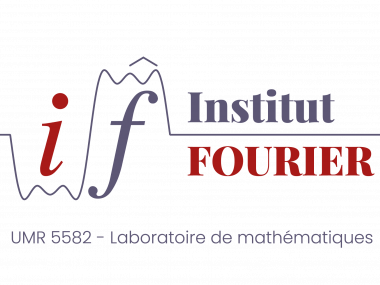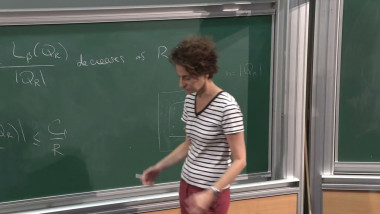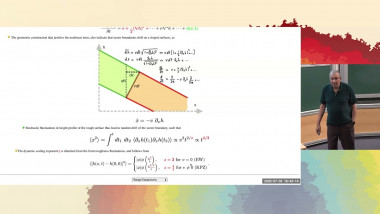Appears in collection : Fuzzy Sphere Meets Conformal Bootstrap 2025
In the recently introduced "fuzzy sphere" method, numerical regularization of certain 3D conformal field theories (CFTs) is achieved through the non-commutative geometry of the lowest Landau level filled by electrons; here, the charge is trivially gapped due to the Pauli exclusion principle at filling factor v=1, while the electron spins encode the desired CFT. Successful applications of the fuzzy sphere to paradigmatic CFTs, such as the 3D Ising model, raise an important question: how finely tuned does the underlying electron system need to be? In this talk, I will show that the 3D Ising CFT can also be realized at fractional electron fillings, unaffected by the exchange statistics of the particles or the nature of topological order in the charge sector. In such cases, the CFT spectrum is intertwined with the charge-neutral spectrum of the underlying fractional quantum Hall (FQH) state -- a feature that is trivially absent in the previously studied v=1 case. Remarkably, the mixing between the CFT and the FQH spectra is strongly suppressed within the numerically-accessible system sizes.
